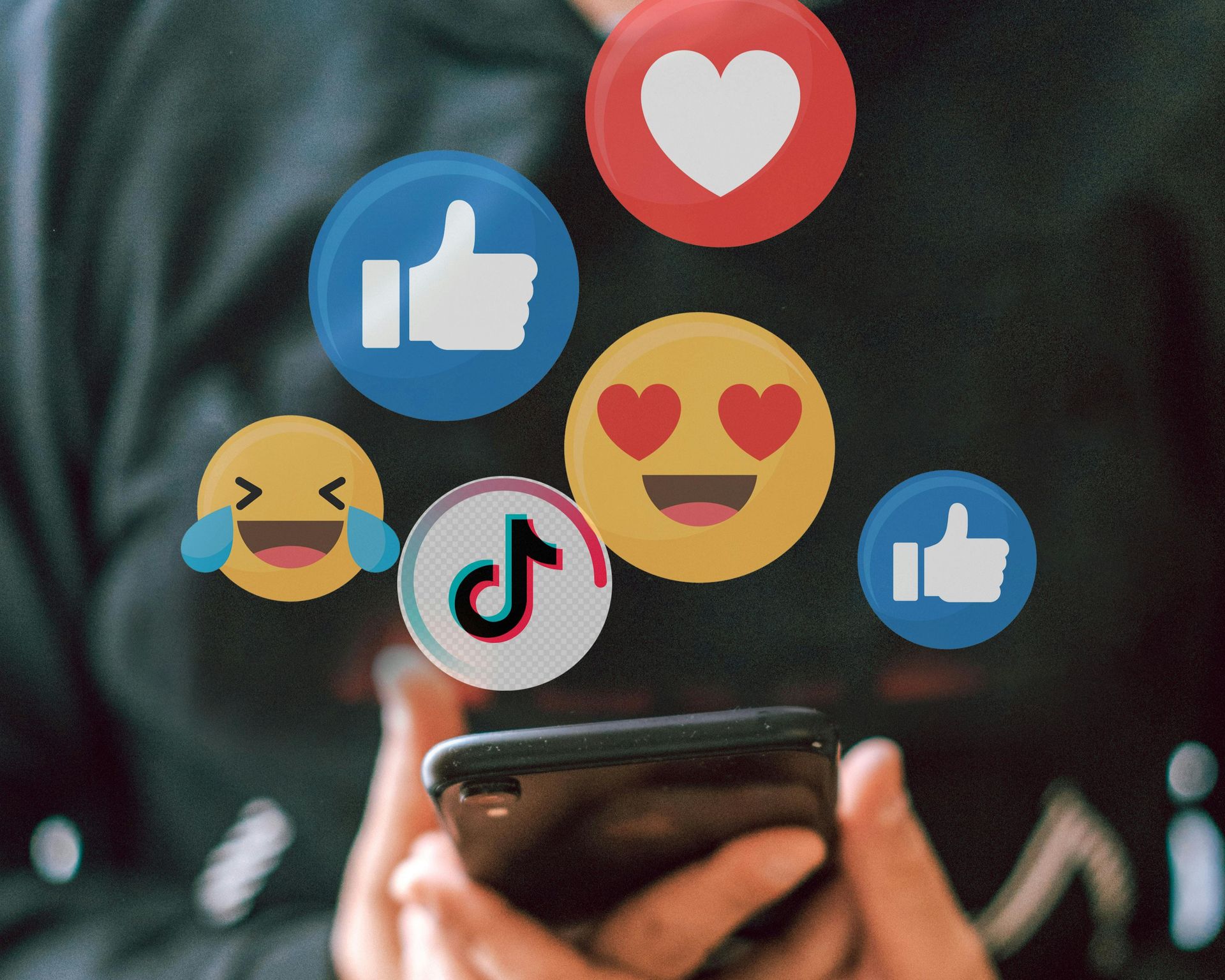User Issues: Virality ≠ Clearance – Why Going Viral Can Still Get You in Trouble
Hundreds of thousands of likes, shares pouring in… and then, suddenly, the music is gone.

We’ve all seen it happen: someone posts a funny skit, a fitness routine, or a heartfelt reel on Instagram, TikTok, YouTube Shorts, or Facebook Reels — and it blows up overnight.
Hundreds of thousands of likes, shares pouring in… and then, suddenly, the music is gone. The video is muted. Or worse — it’s taken down entirely.
This frustrating reality happens because going viral doesn’t mean you’re in the clear when it comes to music copyright law.
🎶 The Myth of “If It’s Trending, It’s Free”
One of the most common misconceptions among creators is that if a song is widely used on social media, it must be free to use. In reality, music rights are complicated.
Most songs have two types of copyright protection:
- Composition rights – for the melody and lyrics, owned by songwriters and publishers.
- Sound recording rights – for the actual recorded performance, owned by labels or artists.
Platforms may have blanket licenses for some of their music libraries — but that doesn’t automatically cover every track, and it often doesn’t extend to all uses, especially for business or promotional purposes.
🚫 When Viral Turns Into a Violation
Here’s how creators get caught off guard:
- Muted videos – Platforms’ automated systems detect copyrighted tracks and mute them to avoid liability.
- Takedown notices – Rightsholders issue DMCA takedowns, which can remove your post entirely.
- Account strikes – Multiple copyright strikes can result in account restrictions or even permanent bans.
- Legal claims – For commercial accounts, brands, or influencers, unlicensed music use can lead to costly lawsuits or settlement demands.
Even businesses have been sued for using trending audio in marketing videos without proper clearance.
💡 How to Protect Your Content (and Your Sanity)
- Use platform‑provided music libraries – These usually include songs cleared for use within that app.
- Get explicit licenses – If you want to use a popular track in a commercial or brand collaboration, secure proper permissions.
- Consider royalty‑free music – Many online services offer music safe for all uses.
- Create your own sound – Producing your own music or collaborating with indie artists gives you more control.
- Keep proof of permission – Always save agreements or licenses in case of disputes.
📌 Final Thought
Social media has blurred the lines between casual sharing and commercial use — but copyright law hasn’t caught up in the same way. Just because a sound is everywhere on Reels, Shorts, or TikTok doesn’t mean it’s legally safe for you. Protecting your content from muting, takedowns, or legal trouble starts with understanding that virality is not a free pass — clearance is still king.
